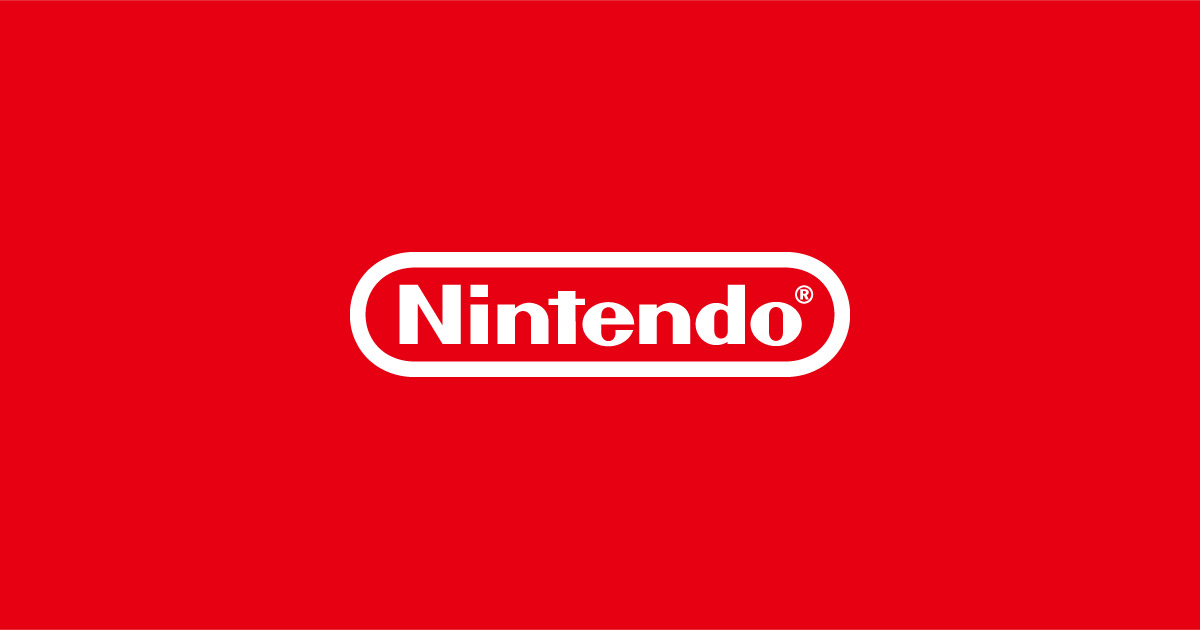Nintendo Switch 2, the highly anticipated successor to the best-selling Nintendo Switch, is set to make a significant impact when it launches later this year.
As fans and industry watchers look forward to the official unveiling, recent findings from hardware analysts have shed new light on the console’s long-studied development process—especially the T239 chip that powers the next-generation platform. The T239: A Chip Years in the Making Reports from Digital Foundry, building upon the deep technical analysis by Geekerwan and Kurnal, have confirmed that Nintendo began planning for the Switch 2 as early as 2019.
This information comes from a comprehensive teardown of a reportedly genuine Switch 2 motherboard, sourced from an online retailer in China.
Following a thorough inspection, both analysts have concluded that the hardware design, particularly for the T239 chip, was likely finalized as far back as 2021. This timeline suggests that Nintendo has strategically held onto this powerful hardware component for several years.
According to Digital Foundry, it’s not unusual for console 'silicon'—the actual chip hardware—to be completed about a year prior to a product’s official launch.
However, the Switch 2’s case demonstrates notably advanced preparation.
The original chip work is said to have overlapped with the rise of Switch Pro rumors around 2020, although the T239 chip’s official reference surfaced only in June 2021. T239 Chip Specifications: Powering Enhanced Performance The T239 chip, closely related to Nvidia’s T234 but differing in key aspects, appears to operate on an 8nm process, featuring capabilities that may extend up to 10nm.
One striking measure is its physical size—the chip is about 207mm², which makes it more than 75% larger than the processor in the original Nintendo Switch, and over twice as large as those found in the Nintendo Switch Lite and updated standard models.
This added silicon real estate explains why the upcoming console is physically larger and is engineered to support significant advances in performance and graphical fidelity. Development Strategy and Market Context One central reason for the delayed official announcement, despite hardware readiness, is Nintendo’s continued success with the first-generation Switch.
In 2021, the Switch remained exceptionally popular, bolstered by a thriving lineup of new software and maintaining impressive sales momentum as it entered its fifth year on the market.
Consolidating the chip’s production early positioned Nintendo to efficiently respond to shifts in market demand and supply chain dynamics. Launch Expectations and Sales Projections Interest and expectations for the Nintendo Switch 2 scale new heights as launch draws near.
Nintendo’s latest Q4 fiscal year 2025 financial disclosure estimated first-year sales of 15 million units for the new system.
Industry analysts predict that Switch 2 could set new records, underscoring both strong retailer interest and growing anticipation from consumers around the world. As Nintendo prepares for another major hardware launch, the finalized and forward-looking design of the T239 chip stands out as a testament to the company’s strategic planning and commitment to innovation in gaming hardware.
For a closer look at the technical breakdown, readers can find Digital Foundry’s discussion in their latest DF Direct episode. Stay tuned for further updates on the Nintendo Switch 2, including launch details, eShop offerings, and its debut at upcoming Nintendo Direct presentations.
As fans and industry watchers look forward to the official unveiling, recent findings from hardware analysts have shed new light on the console’s long-studied development process—especially the T239 chip that powers the next-generation platform. The T239: A Chip Years in the Making Reports from Digital Foundry, building upon the deep technical analysis by Geekerwan and Kurnal, have confirmed that Nintendo began planning for the Switch 2 as early as 2019.
This information comes from a comprehensive teardown of a reportedly genuine Switch 2 motherboard, sourced from an online retailer in China.
Following a thorough inspection, both analysts have concluded that the hardware design, particularly for the T239 chip, was likely finalized as far back as 2021. This timeline suggests that Nintendo has strategically held onto this powerful hardware component for several years.
According to Digital Foundry, it’s not unusual for console 'silicon'—the actual chip hardware—to be completed about a year prior to a product’s official launch.
However, the Switch 2’s case demonstrates notably advanced preparation.
The original chip work is said to have overlapped with the rise of Switch Pro rumors around 2020, although the T239 chip’s official reference surfaced only in June 2021. T239 Chip Specifications: Powering Enhanced Performance The T239 chip, closely related to Nvidia’s T234 but differing in key aspects, appears to operate on an 8nm process, featuring capabilities that may extend up to 10nm.
One striking measure is its physical size—the chip is about 207mm², which makes it more than 75% larger than the processor in the original Nintendo Switch, and over twice as large as those found in the Nintendo Switch Lite and updated standard models.
This added silicon real estate explains why the upcoming console is physically larger and is engineered to support significant advances in performance and graphical fidelity. Development Strategy and Market Context One central reason for the delayed official announcement, despite hardware readiness, is Nintendo’s continued success with the first-generation Switch.
In 2021, the Switch remained exceptionally popular, bolstered by a thriving lineup of new software and maintaining impressive sales momentum as it entered its fifth year on the market.
Consolidating the chip’s production early positioned Nintendo to efficiently respond to shifts in market demand and supply chain dynamics. Launch Expectations and Sales Projections Interest and expectations for the Nintendo Switch 2 scale new heights as launch draws near.
Nintendo’s latest Q4 fiscal year 2025 financial disclosure estimated first-year sales of 15 million units for the new system.
Industry analysts predict that Switch 2 could set new records, underscoring both strong retailer interest and growing anticipation from consumers around the world. As Nintendo prepares for another major hardware launch, the finalized and forward-looking design of the T239 chip stands out as a testament to the company’s strategic planning and commitment to innovation in gaming hardware.
For a closer look at the technical breakdown, readers can find Digital Foundry’s discussion in their latest DF Direct episode. Stay tuned for further updates on the Nintendo Switch 2, including launch details, eShop offerings, and its debut at upcoming Nintendo Direct presentations.





